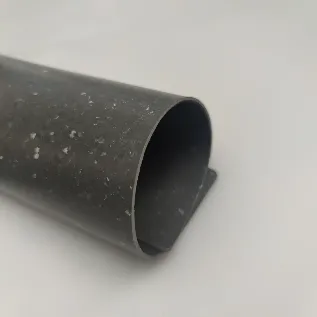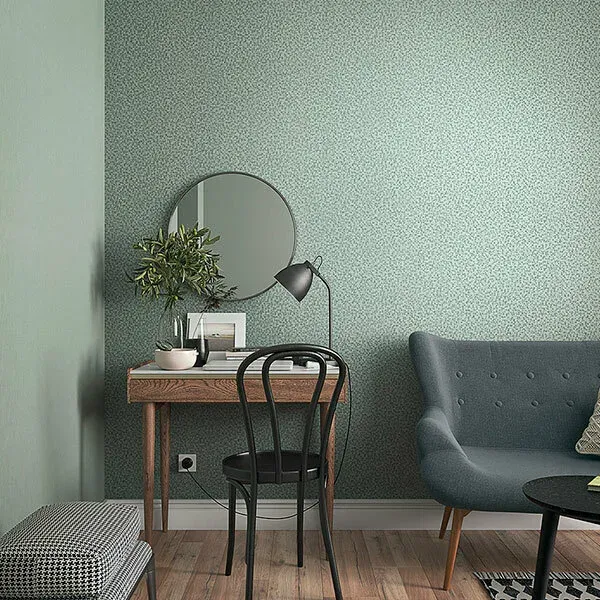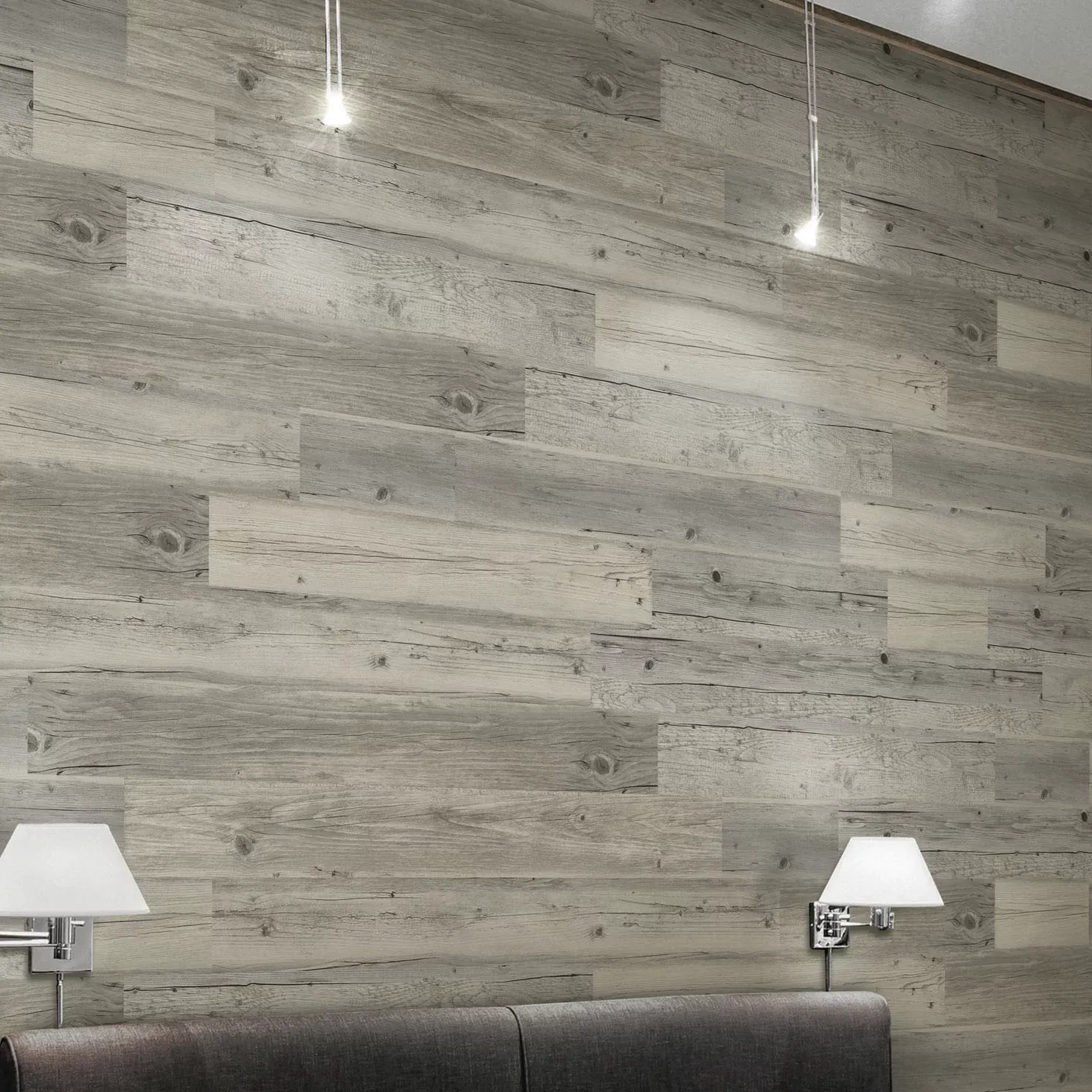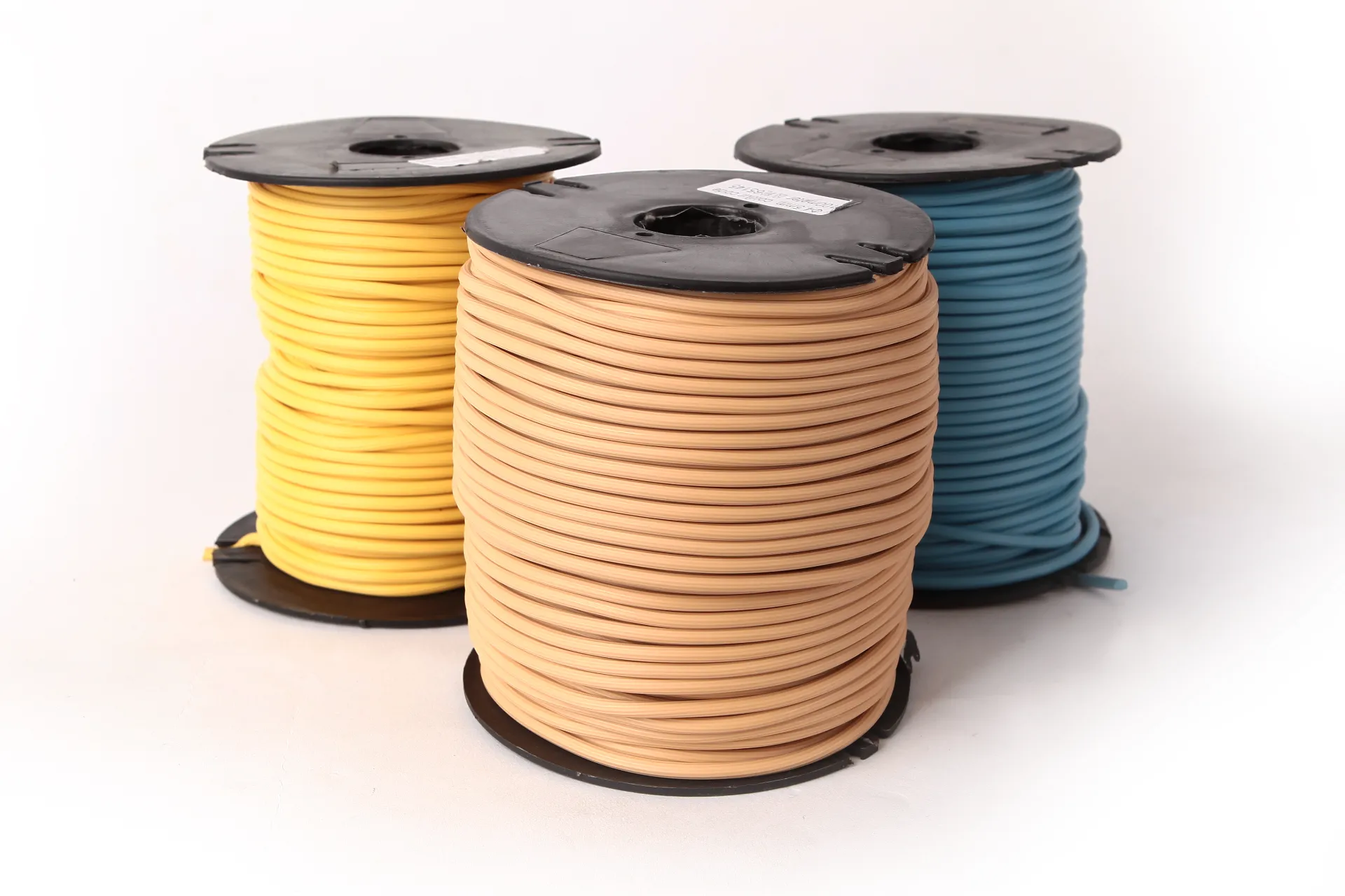
- Afrikaans
- Albanian
- Amharic
- Arabic
- Armenian
- Azerbaijani
- Basque
- Belarusian
- Bengali
- Bosnian
- Bulgarian
- Catalan
- Cebuano
- Corsican
- Croatian
- Czech
- Danish
- Dutch
- English
- Esperanto
- Estonian
- Finnish
- French
- Frisian
- Galician
- Georgian
- German
- Greek
- Gujarati
- Haitian Creole
- hausa
- hawaiian
- Hebrew
- Hindi
- Miao
- Hungarian
- Icelandic
- igbo
- Indonesian
- irish
- Italian
- Japanese
- Javanese
- Kannada
- kazakh
- Khmer
- Rwandese
- Korean
- Kurdish
- Kyrgyz
- Lao
- Latin
- Latvian
- Lithuanian
- Luxembourgish
- Macedonian
- Malgashi
- Malay
- Malayalam
- Maltese
- Maori
- Marathi
- Mongolian
- Myanmar
- Nepali
- Norwegian
- Norwegian
- Occitan
- Pashto
- Persian
- Polish
- Portuguese
- Punjabi
- Romanian
- Russian
- Samoan
- Scottish Gaelic
- Serbian
- Sesotho
- Shona
- Sindhi
- Sinhala
- Slovak
- Slovenian
- Somali
- Spanish
- Sundanese
- Swahili
- Swedish
- Tagalog
- Tajik
- Tamil
- Tatar
- Telugu
- Thai
- Turkish
- Turkmen
- Ukrainian
- Urdu
- Uighur
- Uzbek
- Vietnamese
- Welsh
- Bantu
- Yiddish
- Yoruba
- Zulu
Kaupallisten toimistojen lattiat ja terveys: ilmanlaatu ja hygienia
Nykypäivän modernissa toimistoympäristössä yritykset kiinnittävät yhä enemmän huomiota työntekijöiden hyvinvointiin ja työtilan yleiseen terveyteen. Vaikka kaupallisten toimistojen lattioiden esteettinen viehätys ja kestävyys ovat usein etusijalla, lattian vaikutus ilmanlaatuun ja hygieniaan on yhtä kriittinen. Lattiavalinnoilla voi olla merkittävä rooli puhtaan ja terveellisen toimistoympäristön ylläpitämisessä, mikä auttaa vähentämään allergeenien, bakteerien ja haitallisten kemikaalien leviämistä, jotka voivat vaikuttaa työntekijöiden terveyteen.
In this article, we’ll explore how kaupallisen toimiston lattia vaikuttaa ilmanlaatuun ja hygieniaan sekä terveellisempää työpaikkaa edistäviin lattiavaihtoehtoihin.

Lattian ja sisäilman välinen yhteys Noin Kaupallisten toimistojen lattiat
Sisäilmanlaatu (IAQ) on kasvava huolenaihe yrityksille, varsinkin kun työntekijät viettävät pitkiä aikoja sisätiloissa. Huono sisäilman laatu voi aiheuttaa monia terveysongelmia hengitysongelmista allergioihin ja jopa väsymykseen. Kun on kyse liikerakennusten lattiatTietyt materiaalit voivat vapauttaa haitallisia kemikaaleja ilmaan, kun taas toiset voivat vangita pölyä ja allergeeneja, mikä pahentaa sisäilman laatuongelmia.
Monet perinteiset lattiamateriaalit, kuten synteettisistä kuiduista valmistetut matot, voivat sisältää pölyä, likaa ja muita allergeeneja. Ajan myötä nämä hiukkaset voivat vapautua ilmaan aiheuttaen allergisia reaktioita tai pahentaen astman oireita herkillä henkilöillä. Lisäksi tietyntyyppiset lattiapäällysteet, erityisesti vinyyli ja laminaatti, voivat sisältää haihtuvia orgaanisia yhdisteitä (VOC), jotka vapautuvat ilmaan. VOC-yhdisteet voivat johtaa tilaan, joka tunnetaan nimellä "sairaan rakennuksen oireyhtymä", joka aiheuttaa oireita, kuten päänsärkyä, huimausta ja silmien, nenän ja kurkun ärsytystä.
VOC-yhdisteiden ja pölyn vapautumista minimoivien lattiamateriaalien valitseminen voi parantaa merkittävästi sisäilman laatua ja luoda terveellisemmän työpaikan.
Kaupallisten toimistojen lattiamateriaalit, jotka parantavat sisäilman laatua
Yritysten tulisi harkita terveellisemmän toimistoympäristön tukemista kestävä kaupallinen lattia materiaalit, jotka parantavat ilmanlaatua vähentämällä pölyn kertymistä ja minimoimalla haitallisten kemikaalien vapautumisen. Useat ympäristöystävälliset vaihtoehdot erottuvat kyvystään edistää puhtaampaa ilmaa ja tukea työntekijöiden parempaa terveyttä.
Natural materials such as cork, bamboo, and linoleum are excellent choices for office spaces where air quality is a priority. These materials are naturally resistant to dust and allergens and contain little to no VOCs. Cork, for example, is made from the bark of cork oak trees and is naturally anti-microbial and hypoallergenic. It doesn’t trap dirt or dust, making it an ideal choice for high-traffic office areas that demand cleanliness.
Bamboo is another sustainable, low-emission flooring option that contributes to improved air quality. Since it grows quickly and is harvested without damaging the environment, bamboo flooring is an eco-friendly choice that helps businesses maintain a clean and healthy office space. Linoleum, made from natural materials like linseed oil, cork dust, and wood flour, is another good option for businesses looking for a low-emission floor that doesn’t off-gas harmful chemicals.
In addition to natural materials, certain engineered flooring systems are designed to meet high indoor air quality standards. Many of these products are certified by organizations like GreenGuard and FloorScore, which test and certify flooring materials for low-VOC emissions. Choosing flooring products with these certifications ensures that employees aren’t exposed to harmful chemicals and that the office environment remains fresh and breathable.
Liiketoimistojen lattiat ja hygienia: kriittinen tekijä työpaikan puhtaudessa
Hyvän hygienian ylläpitäminen toimistossa on välttämätöntä bakteerien, bakteerien ja virusten leviämisen minimoimiseksi, erityisesti kosketusalueilla, kuten taukohuoneissa, kokoushuoneissa ja wc-tiloissa. Lattiamateriaalit, jotka on helppo puhdistaa, desinfioida ja huoltaa, voivat auttaa pitämään työpaikan hygieenisenä ja vähentämään sairauksien leviämisen mahdollisuutta.
Hard flooring surfaces such as tile, vinyl, and polished concrete are generally more hygienic than carpets because they don’t trap dirt, dust, or moisture. These surfaces are easy to wipe down with standard cleaning products, making them more resistant to bacteria and mold growth. For instance, vinyl floors with antimicrobial properties are highly effective in areas like kitchens and bathrooms, where hygiene is a top priority. The smooth surface of vinyl makes it easy to clean and prevents the buildup of germs and allergens.
Samoin keraamisesta, posliinista tai luonnonkivestä valmistetut laatat ovat erittäin kestäviä ja kestävät kosteutta, mikä auttaa estämään homeen ja bakteerien kasvua. Nämä lattiat sopivat erityisen hyvin tiloihin, joissa on roiskeita tai korkea kosteus, kuten wc tai keittiö. Lisäksi laattojen väliset laastiviivat voidaan käsitellä antimikrobisilla tiivisteaineilla hygienian parantamiseksi entisestään.
On the other hand, carpeted floors can trap dirt, dust, and allergens in their fibers, making them more challenging to clean and maintain. In offices with high foot traffic or areas where spills are common, carpet can harbor bacteria and germs that may be difficult to eliminate completely. However, commercial carpets made from high-performance fibers, such as nylon or polypropylene, are designed to resist staining and can be cleaned with specialized equipment to maintain hygiene. It’s essential to ensure carpets are vacuumed frequently and professionally cleaned at regular intervals to prevent the buildup of harmful particles.
Kaupallisten toimistojen lattiapäällysteiden rooli ristikontaminaation vähentämisessä
In addition to preventing the accumulation of dirt and allergens, commercial office flooring can also play a role in reducing cross-contamination between different areas of the office. The use of mats or rugs at entrances, for example, can help trap dirt and moisture before it’s carried into the rest of the office. This simple step can help keep floors cleaner and reduce the amount of dust and bacteria that spreads throughout the workspace.
In areas where food is prepared or consumed, such as kitchens or break rooms, it’s important to select flooring that resists stains and moisture absorption. Vinyl and rubber flooring are ideal for these spaces because they are easy to wipe down and are resistant to the growth of bacteria. Additionally, these materials are slip-resistant, reducing the risk of accidents in areas prone to spills.
-
Masking Tape: Clean Removal, Precision Lines, Pro-GradeNov.10,2025
-
Skirting: MDF, Oak & SPC | Durable, Easy-FitNov.10,2025
-
Commercial VCT Tile Flooring – Durable, Low-MaintenanceNov.10,2025
-
LVT Vinyl Floors – Waterproof, Scratch‑Resistant, Easy ClickNov.10,2025
-
Masking Tape - Pro-Grade, Clean Removal, Crisp LinesNov.10,2025
-
Premium Masking Tape - Sharp Lines, Clean RemovalNov.10,2025



